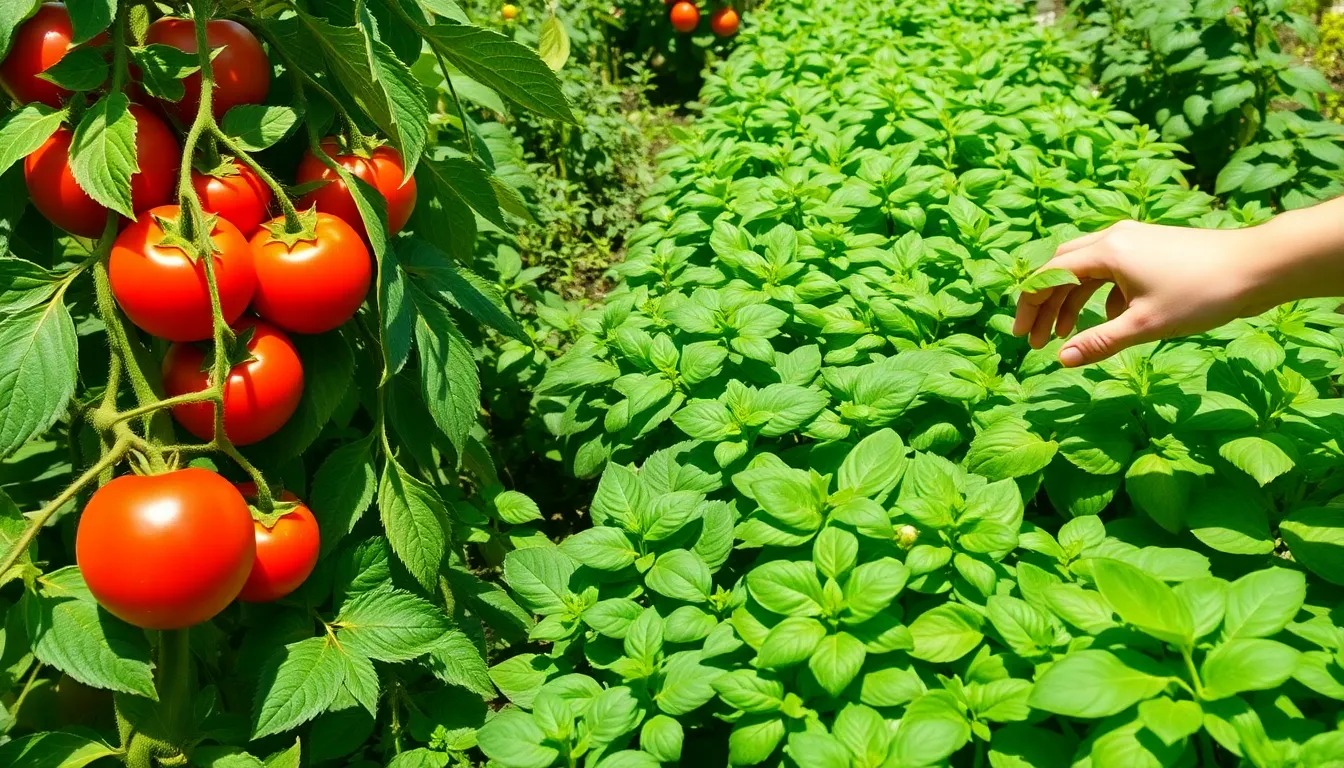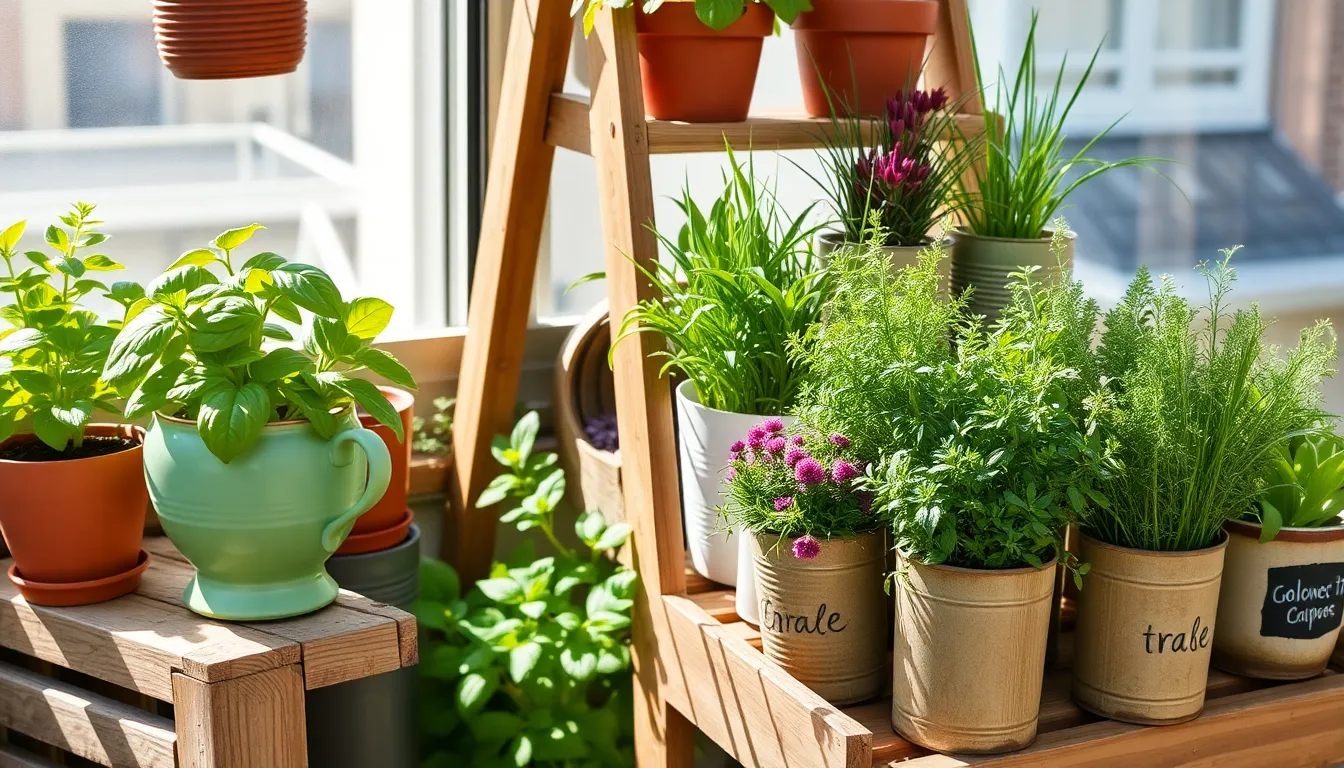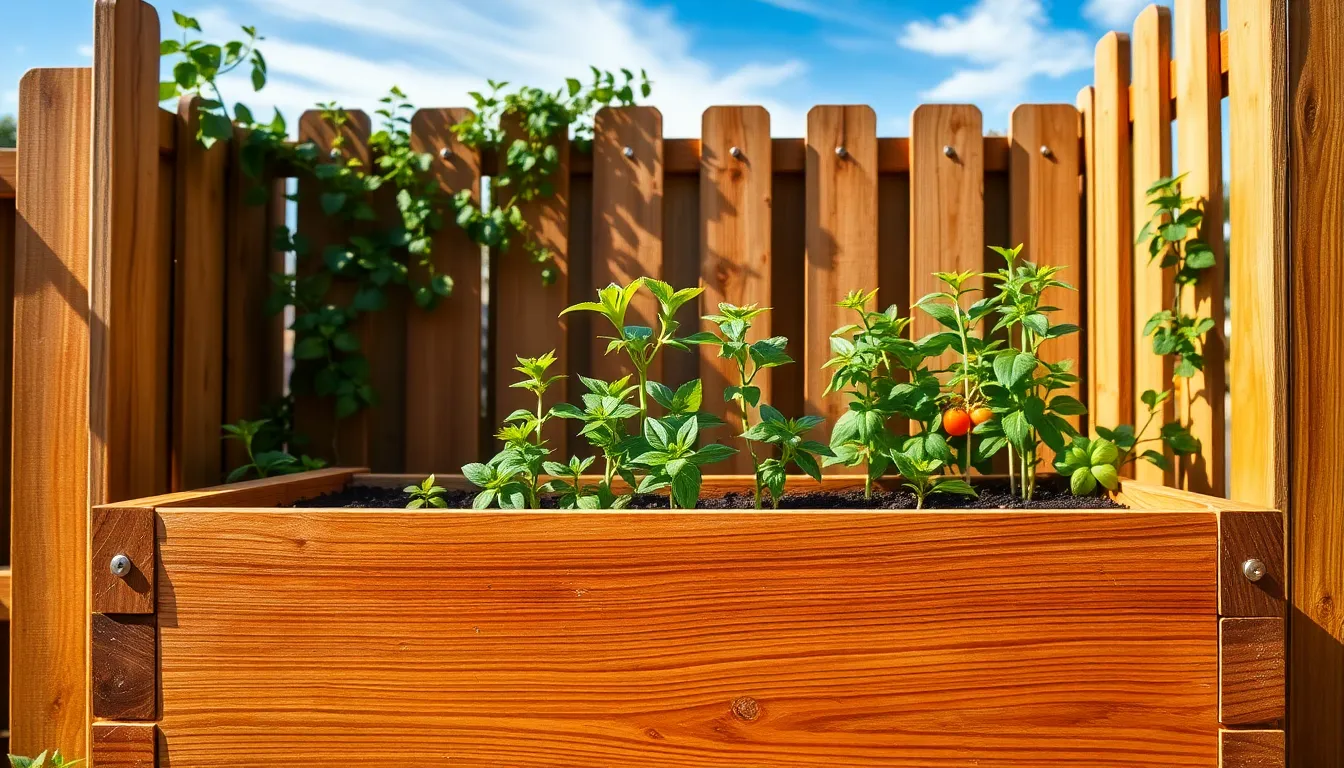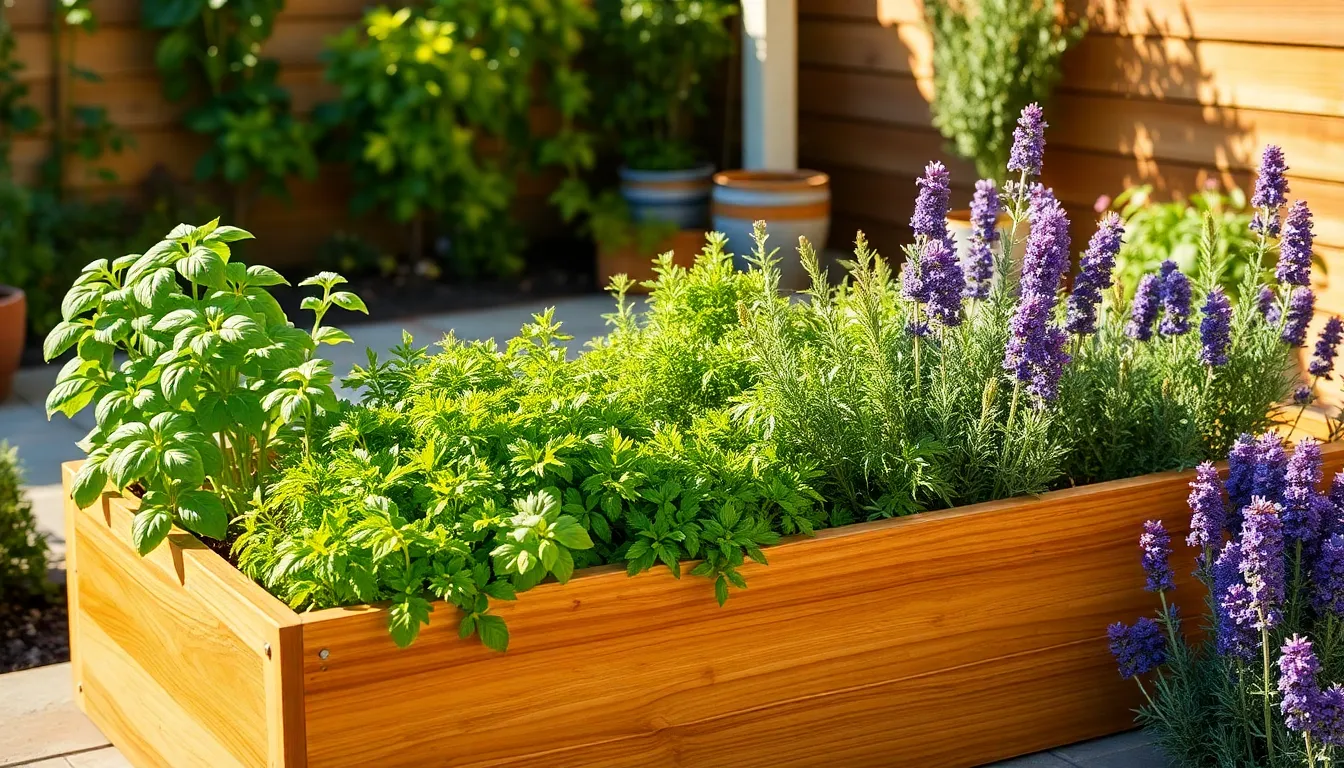Welcome to the vibrant world of indoor edible gardening, where every windowsill can transform into a lush, productive oasis! Whether you’re just starting out or have years of experience under your belt, the thrill of nurturing plants that can flavor your meals is a joy like no other. This guide, “10 Best Plants for Edible Gardens,” is crafted to inspire and equip you with the knowledge to cultivate a bountiful assortment of delicious plants right in the comfort of your home.
From boosting your culinary creations with fresh herbs to enjoying the satisfaction of harvesting your own greens, indoor gardening offers practical benefits that go beyond the plate. With this carefully curated list, you’ll discover plants that are not only easy to grow but also incredibly rewarding, ensuring that your gardening journey is as successful as it is enjoyable. Dive in with confidence, knowing that each plant featured here has been chosen for its ability to thrive indoors and bring a touch of nature’s magic into your everyday life.
Roma Tomatoes (Paste Variety)
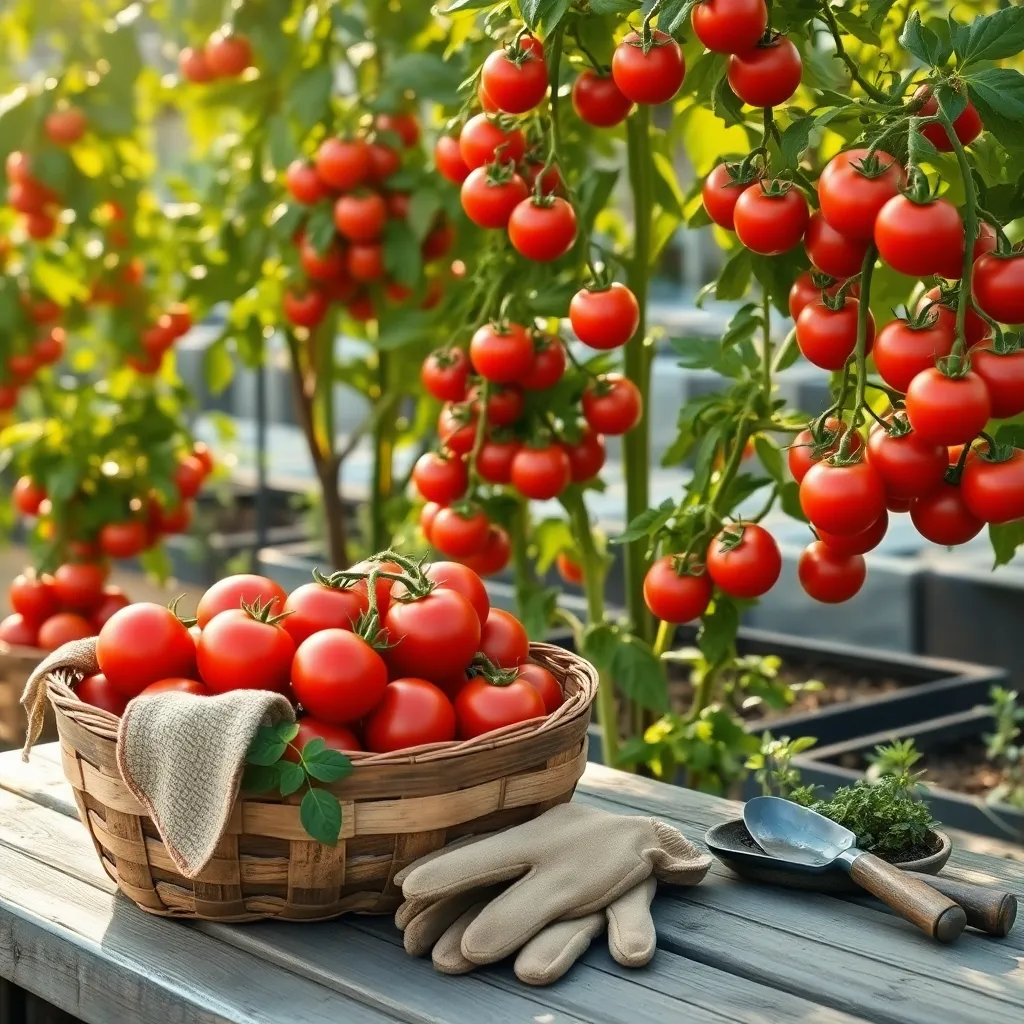
Roma tomatoes, a popular paste variety, are a fantastic addition to any edible garden due to their rich flavor and versatility. These tomatoes thrive in warm climates and require full sun exposure, making them ideal for sunny garden spots.
Begin by planting Roma tomatoes in well-draining, nutrient-rich soil to ensure robust growth. A soil pH between 6.0 and 6.8 is optimal, and you can improve your soil’s fertility by incorporating organic compost or well-rotted manure.
Watering consistently is crucial; aim to water deeply at the base of the plant rather than overhead to prevent fungal diseases. During peak growth periods, ensure that the plants receive about 1-1.5 inches of water per week, adjusting for rainfall and evaporation rates.
For more experienced gardeners, consider using a trellis or staking system to support the plants as they grow, which will improve air circulation and reduce the risk of disease. Pruning suckers, the small shoots that appear in the leaf axils, can also help channel the plant’s energy into producing more fruit.
Buttercrunch Lettuce (Loose-Leaf)
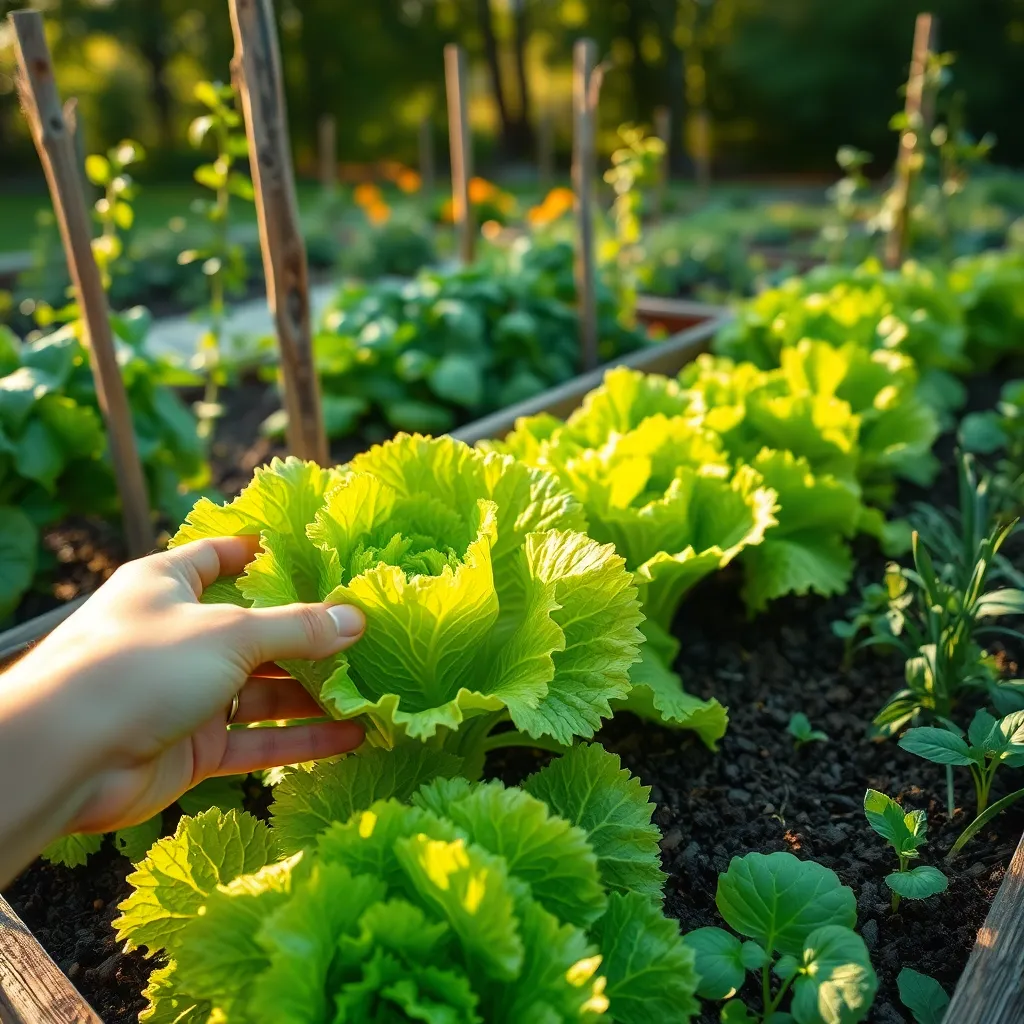
Buttercrunch lettuce is a versatile and delicious addition to any edible garden. Known for its tender, sweet leaves, this loose-leaf variety thrives in a variety of growing conditions, making it perfect for gardeners of all levels.
To start growing Buttercrunch lettuce, choose a location that receives partial to full sunlight. It’s important to plant the seeds in well-draining soil enriched with organic matter such as compost to ensure healthy growth.
Watering is crucial for Buttercrunch lettuce, as consistent moisture helps prevent the leaves from becoming bitter. Aim to water the plants deeply once a week, or more often during hot, dry spells, ensuring the soil remains consistently moist but not waterlogged.
For beginners, sow seeds directly into the garden bed, spacing them about 6 to 12 inches apart to allow for proper air circulation. Advanced gardeners can try succession planting every two weeks to enjoy a continuous harvest throughout the growing season.
Harvesting Buttercrunch lettuce is simple and rewarding. You can either pick individual leaves as needed or cut the entire head when it reaches full size, typically in about 55 to 70 days, for the freshest salads and garnishes.
Bell Peppers (California Wonder)
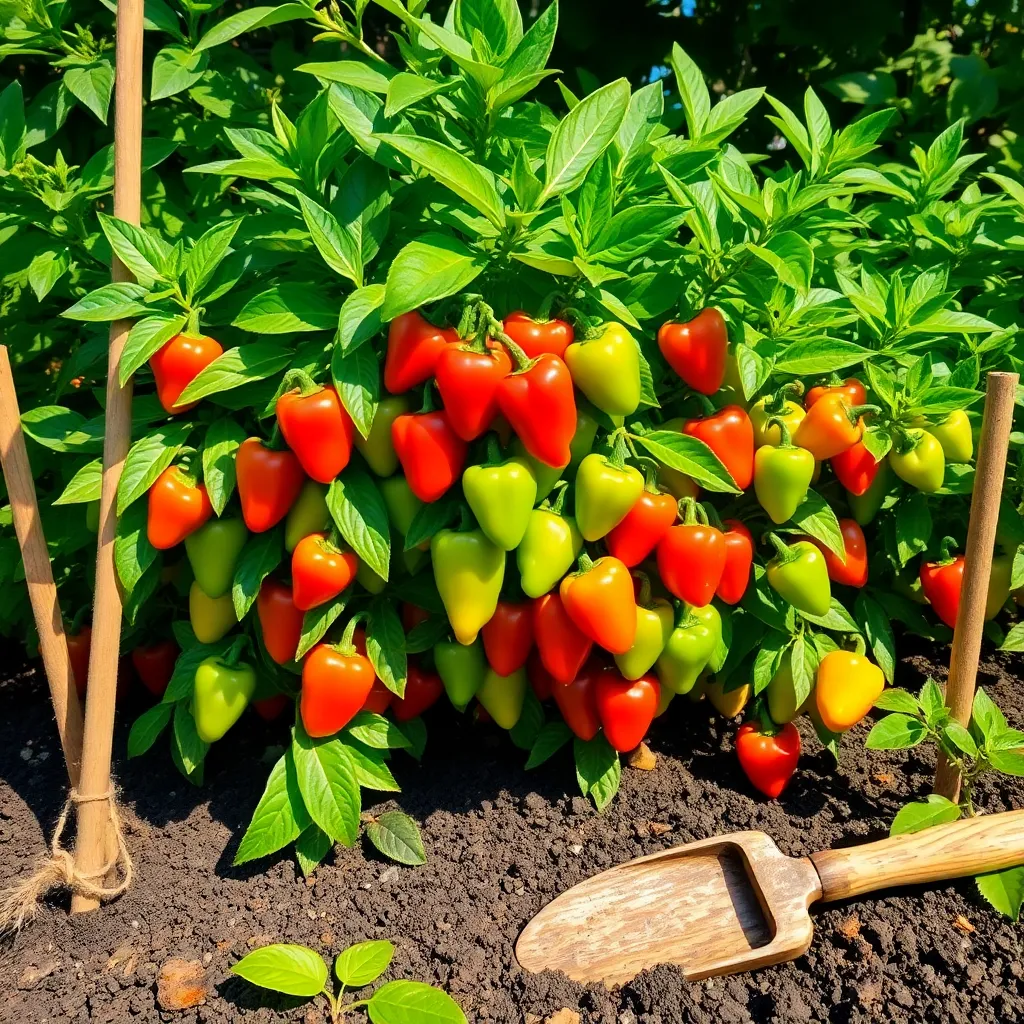
Bell Peppers, especially the ‘California Wonder’ variety, are a fantastic choice for any edible garden. They are known for their sweet flavor and vibrant colors, making them a delightful addition to your homegrown produce.
To successfully grow ‘California Wonder’ peppers, plant them in well-draining soil enriched with organic compost. Ensure they receive at least 6-8 hours of sunlight daily to promote healthy growth and abundant fruiting.
Watering is crucial, so keep the soil consistently moist but not waterlogged. Avoid overhead watering to reduce the risk of fungal diseases, and instead, opt for a drip irrigation system or water at the base of the plant.
For gardeners looking to enhance their pepper yields, consider staking the plants to support the heavy fruit. Regularly feeding with a balanced fertilizer every 4-6 weeks will also bolster their growth and productivity.
Zucchini (Black Beauty)
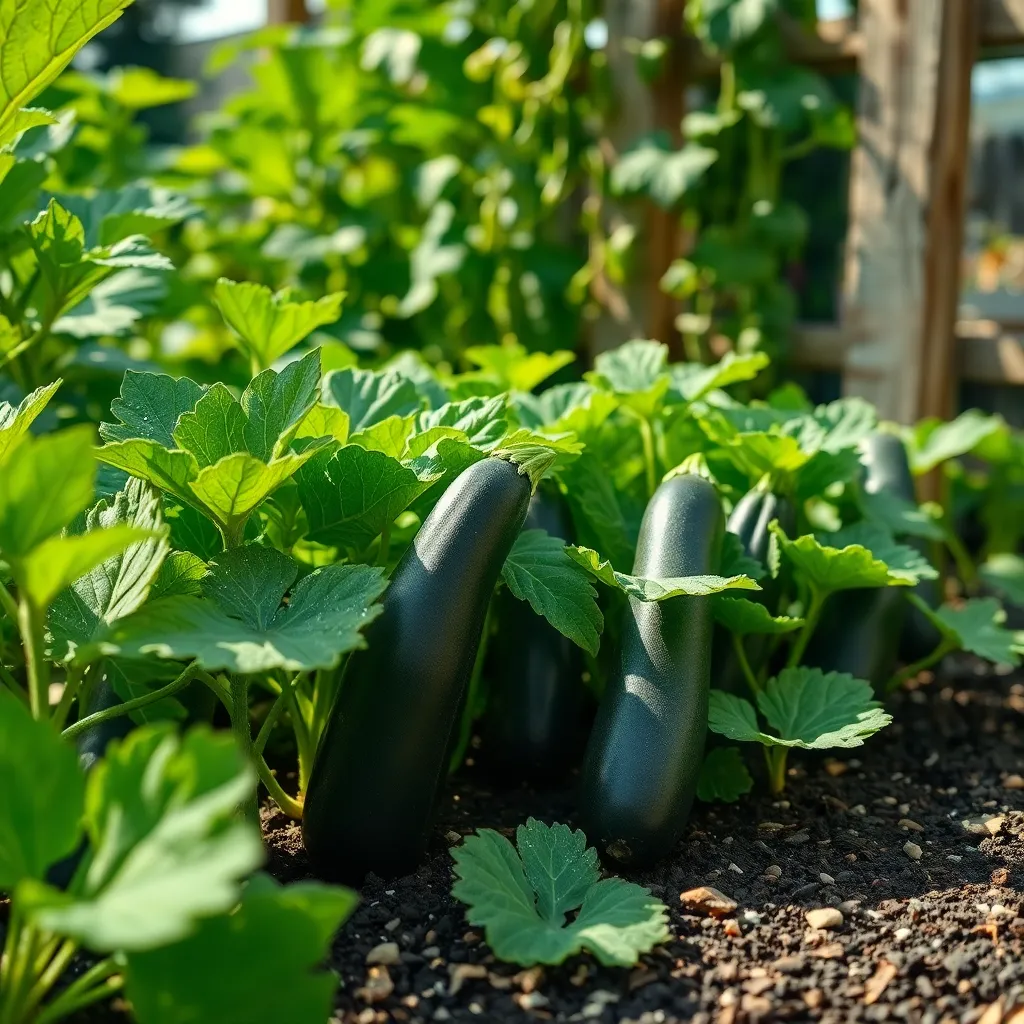
Zucchini (Black Beauty) is a popular choice for edible gardens due to its prolific nature and versatility in the kitchen. This variety thrives in warm conditions and requires plenty of sun, making it perfect for summer planting.
To ensure a bountiful harvest, plant zucchini seeds directly into the ground after the last frost date. Ensure you space the seeds about 24 to 36 inches apart to allow ample room for growth and airflow, which helps prevent disease.
Soil quality is crucial for healthy zucchini plants, so aim for well-draining, rich soil with plenty of organic matter. A pH level between 6.0 and 7.5 is ideal, and you can amend your garden soil with compost to enhance fertility.
Watering is essential for zucchini care; aim to provide deep watering once a week, especially during dry spells. Avoid overhead watering to prevent fungal diseases; instead, water at the base of the plant early in the day.
Carrots (Nantes)
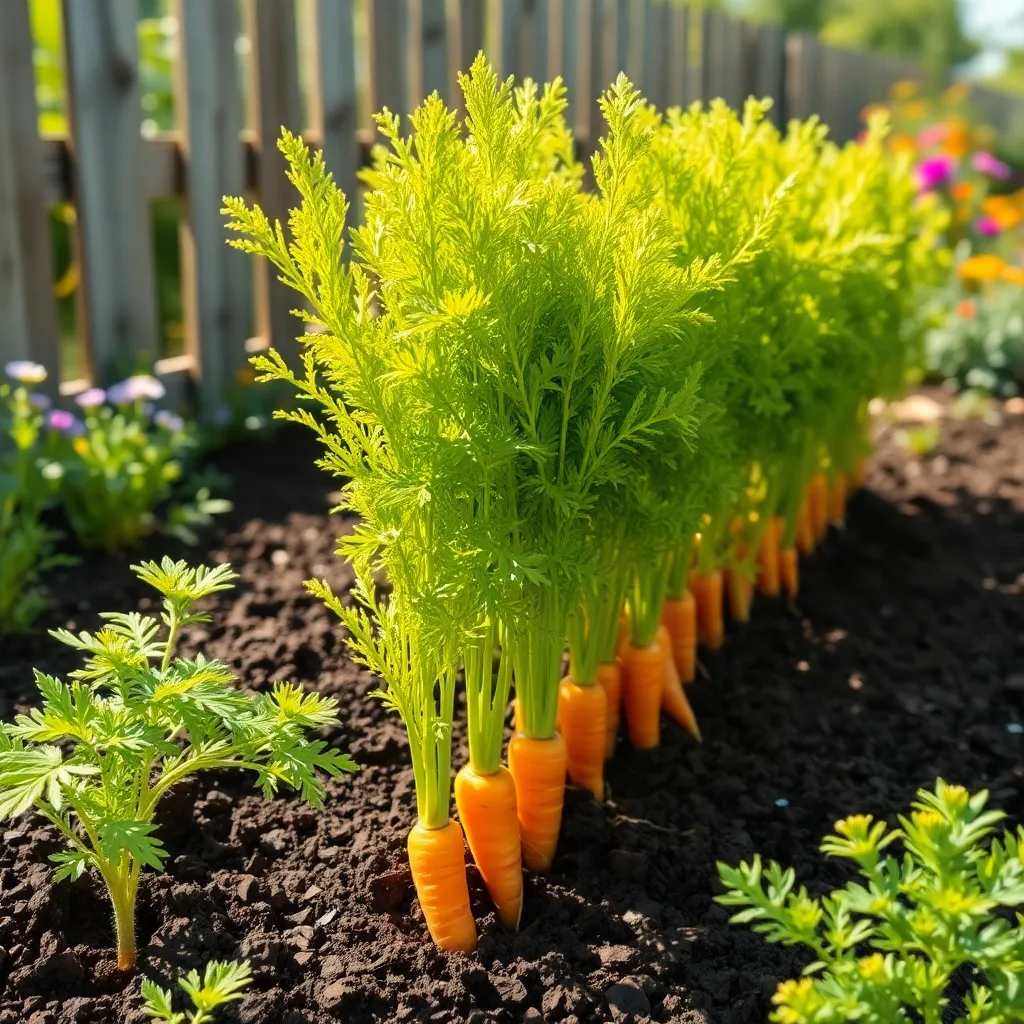
Carrots (Nantes) are a fantastic addition to any edible garden, offering a sweet flavor and crisp texture. Known for their cylindrical shape and blunt tips, these carrots are perfect for both beginner and experienced gardeners looking for a reliable crop.
To grow Nantes carrots successfully, start by choosing a location with loose, sandy soil to allow easy root development. Ensure the soil is well-drained and enriched with organic matter, such as compost, to promote healthy growth.
When sowing seeds, plant them directly in the ground about 1/4 inch deep and 2 inches apart in rows. Carrots prefer cooler temperatures, so aim to sow seeds in early spring or late summer for a fall harvest.
Keep the soil consistently moist during the growing season, but avoid waterlogging, which can lead to rot. As the seedlings grow, thin them to about 3 inches apart to give each carrot enough space to develop fully.
For advanced gardeners, consider using a floating row cover to protect young plants from pests like carrot flies. Regularly check for weeds, as they can compete for nutrients, and gently remove them to maintain a healthy carrot patch.
Cilantro (Santo)
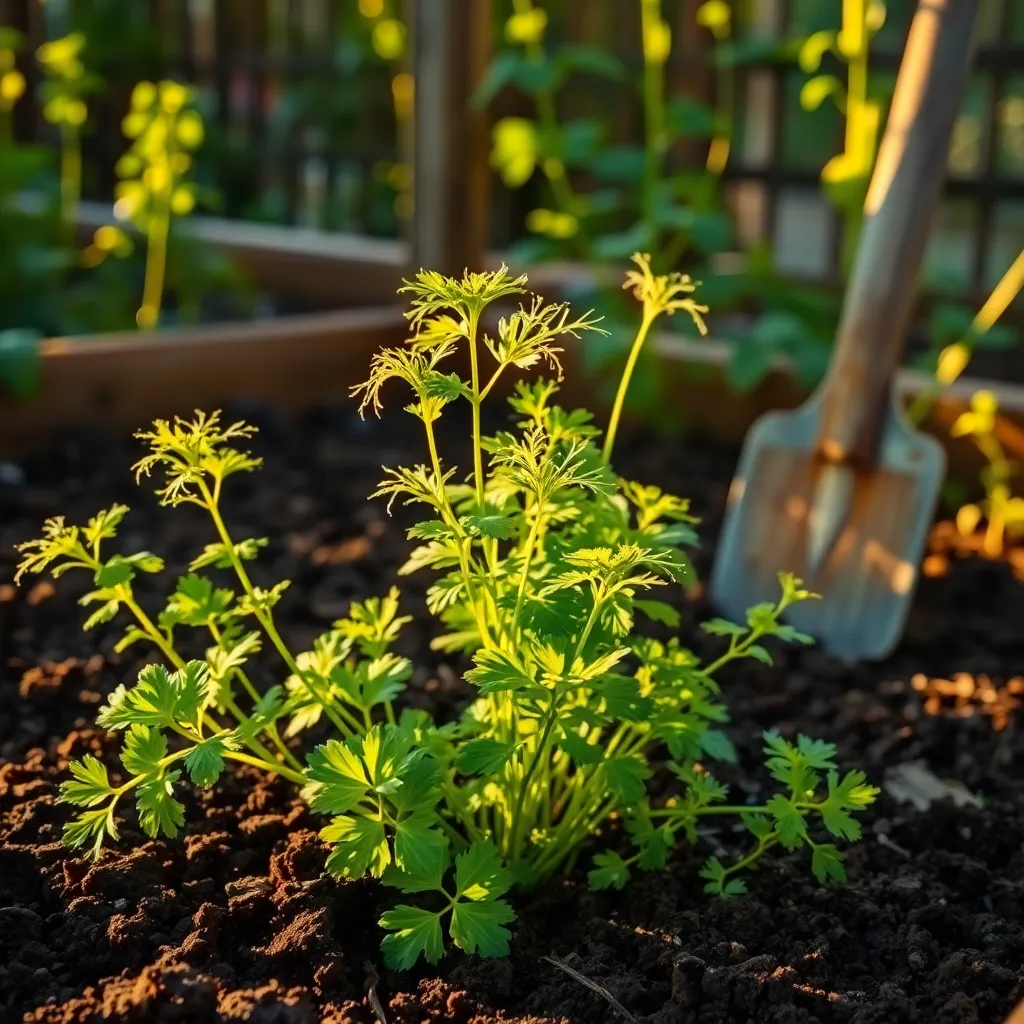
Cilantro, also known as Santo, is a versatile herb that thrives in cool weather, making it a great choice for spring and fall gardens. Begin by selecting a sunny spot with well-draining soil, enriched with compost to support its growth.
To ensure optimal germination, sow cilantro seeds directly into the ground, spacing them about 6 inches apart. Keep the soil consistently moist but not waterlogged, as cilantro prefers moderate watering.
For a continuous harvest, consider succession planting every two to three weeks. This technique allows you to enjoy fresh cilantro throughout the growing season, and it prevents the plant from bolting quickly in warm temperatures.
Advanced gardeners can extend the cilantro growing season by using row covers to protect plants from extreme temperatures. Additionally, harvesting leaves regularly encourages new growth and prevents the plant from setting seeds too soon.
Sugar Snap Peas (Edible Pod)
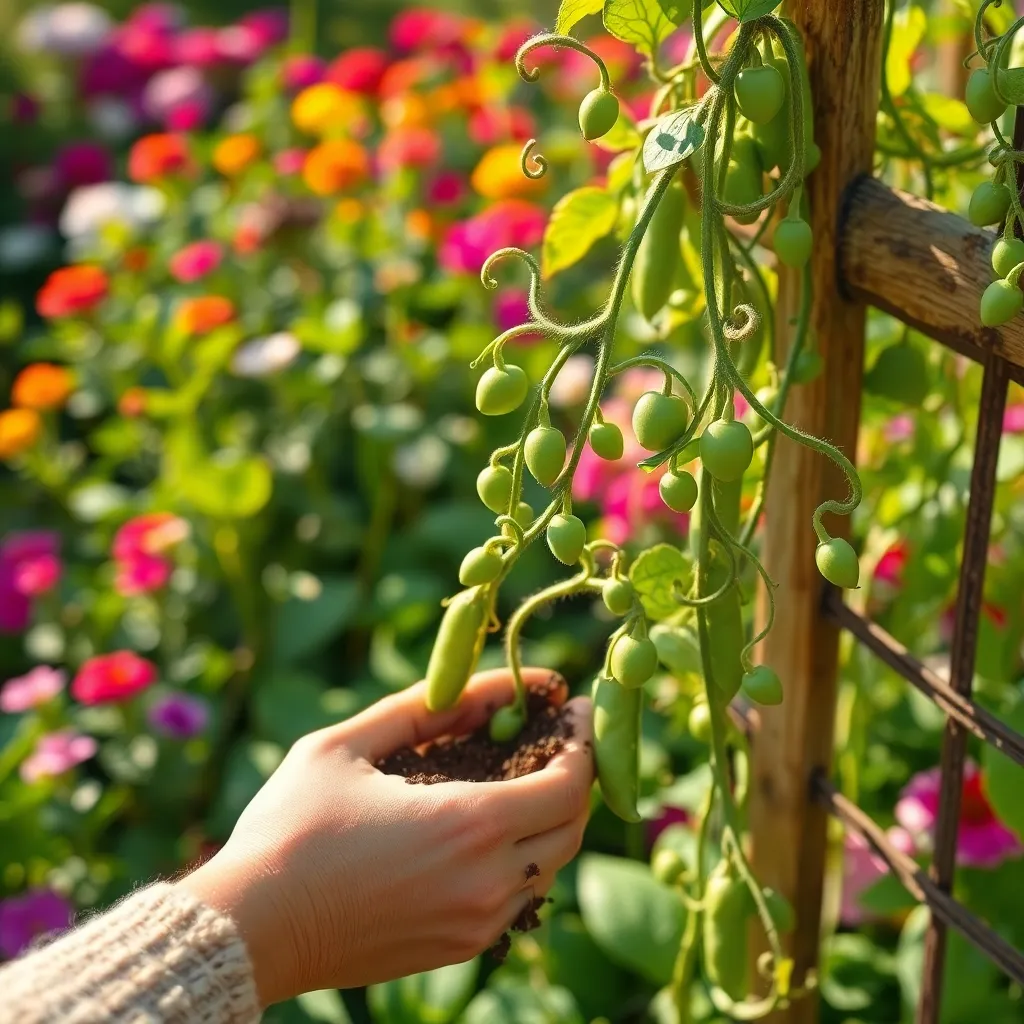
Sugar snap peas are a delightful addition to any edible garden, offering both taste and ease of cultivation. These peas thrive in cooler weather, making them an ideal crop to plant in early spring or fall.
To ensure a bountiful harvest, plant sugar snap peas in well-drained soil that is rich in organic matter. Loamy soil with a slightly acidic to neutral pH is particularly beneficial for their growth.
As these peas are climbing plants, it’s essential to provide a sturdy support structure such as a trellis or bamboo stakes. This not only encourages vertical growth but also maximizes space in your garden.
Watering should be consistent but not excessive; aim to keep the soil moist without waterlogging. During dry spells, a deep watering once a week is sufficient to keep your sugar snap peas happy and productive.
For those looking to extend their harvest, consider succession planting every two weeks. This technique ensures a continuous yield, allowing you to enjoy fresh peas over a longer period.
Kale (Lacinato)
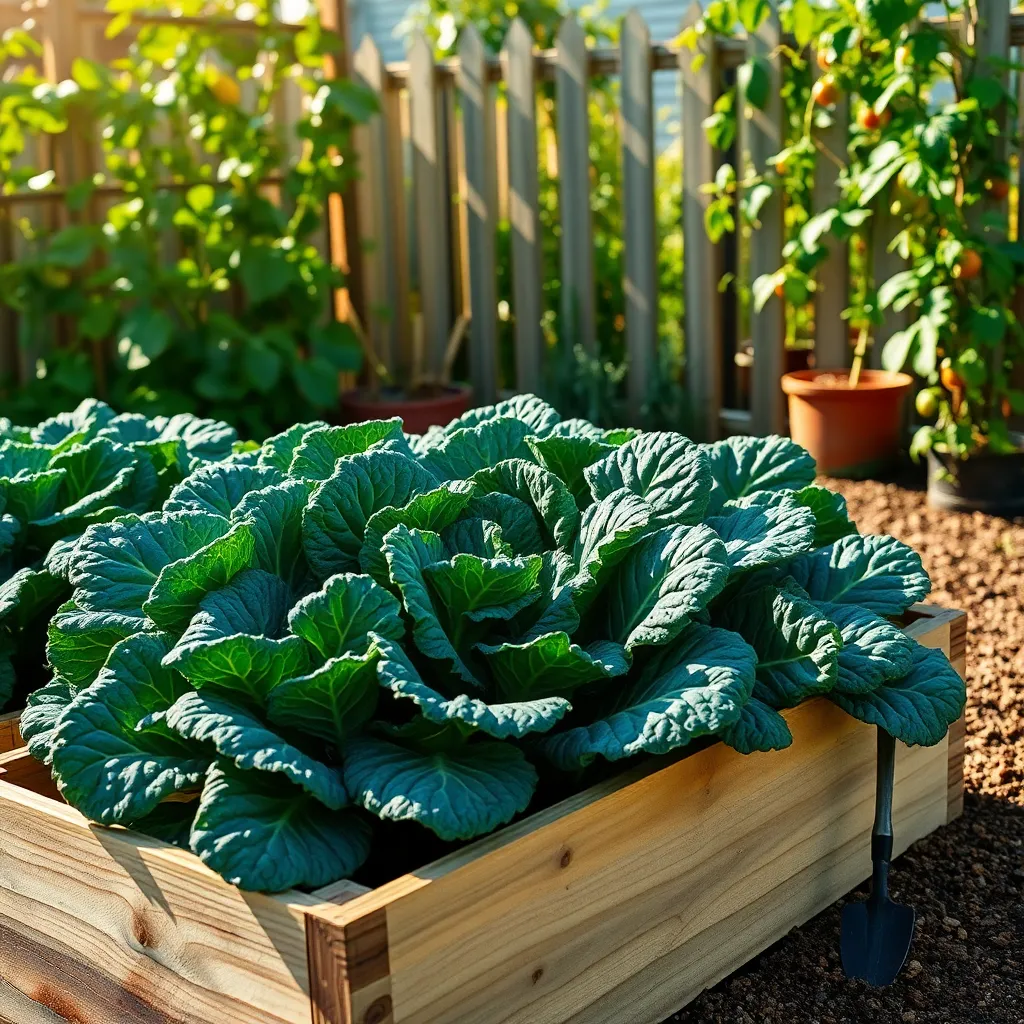
Kale, specifically the Lacinato variety, is a resilient leafy green that thrives in cooler weather, making it a perfect choice for fall and spring gardens. Its deep, blue-green leaves are not only nutritious but also add a textural element to your garden landscape.
To grow Lacinato kale successfully, start by selecting a well-draining soil enriched with organic matter, ensuring a pH level between 6.0 and 7.5. Plant seeds directly in the ground about 1/4 inch deep, spacing them 12 to 18 inches apart to allow ample room for growth.
Regular watering is crucial for kale; aim to keep the soil consistently moist but not waterlogged. During dry spells, consider using mulch to retain soil moisture and suppress weeds, which can compete for nutrients.
For advanced gardeners, extending the harvest period is possible by utilizing a method called “cut and come again.” Harvest the outer leaves as needed, allowing the plant to continue producing new growth from the center.
Radishes (Cherry Belle)
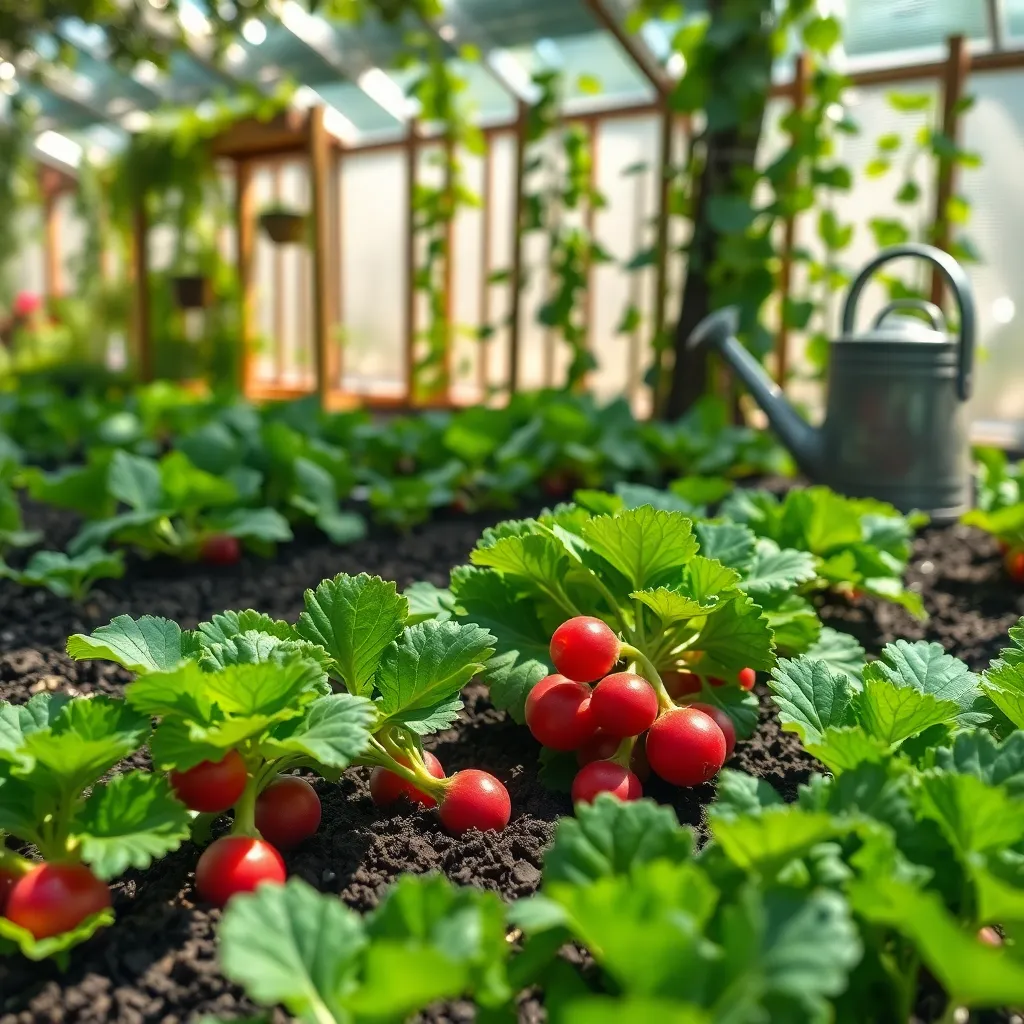
Radishes, specifically the ‘Cherry Belle’ variety, are an excellent choice for both novice and seasoned gardeners seeking quick results. These vibrant red radishes are known for their rapid growth, maturing in just about 22 to 30 days, making them perfect for those looking to enjoy a fast harvest.
To get started, plant ‘Cherry Belle’ radish seeds directly into the soil about half an inch deep and an inch apart. Choose a sunny location with well-drained, loose soil, ideally enriched with organic matter like compost, to ensure optimal growth.
It’s important to keep the soil consistently moist but not waterlogged, as this will promote the best root development. Water your radishes regularly, aiming for about one inch of water per week, including rainfall, to maintain healthy plants.
For gardeners seeking a continuous supply of radishes, consider succession planting every two weeks. This technique will allow you to enjoy fresh, crisp radishes throughout the growing season without interruption.
Thyme (English)
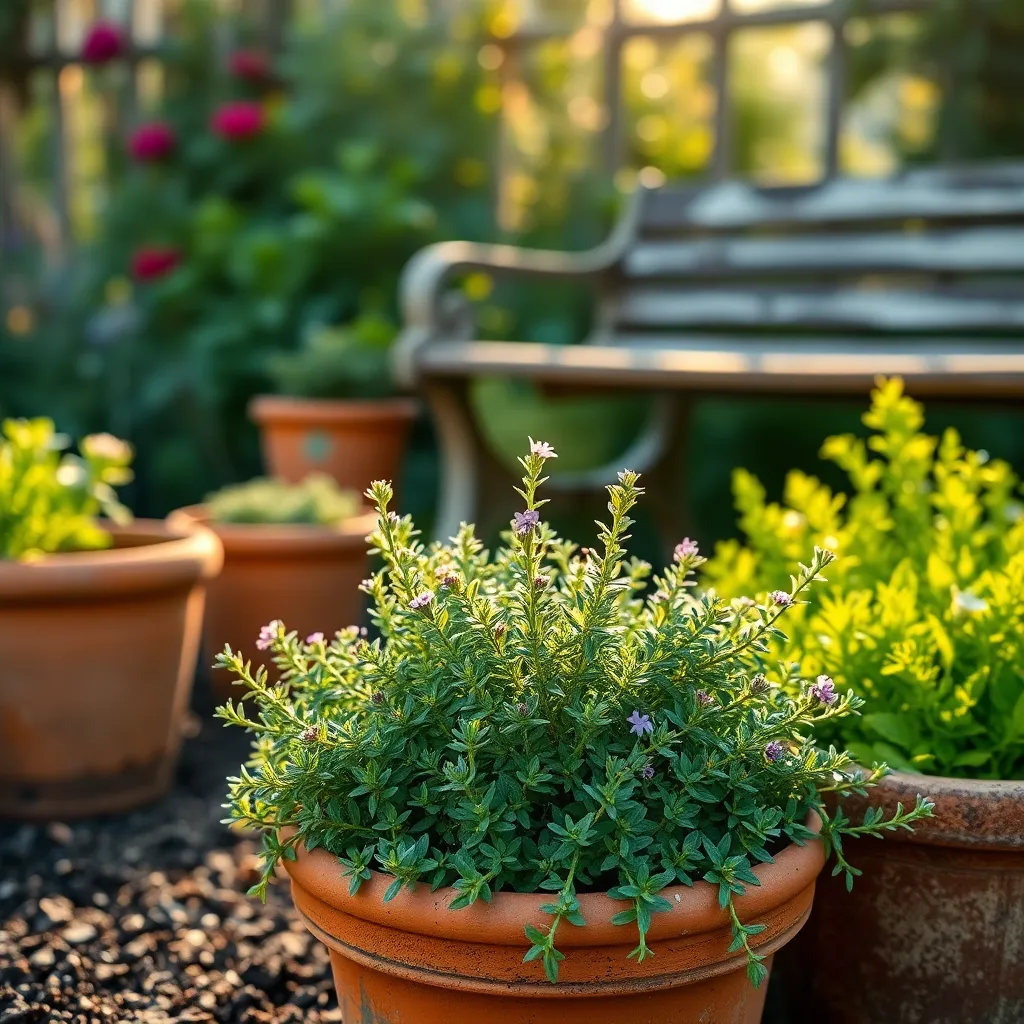
Thyme, particularly the English variety, is a hardy perennial herb that thrives in a variety of garden settings. Known for its aromatic leaves, thyme is a delightful addition to any edible garden, offering both culinary and medicinal benefits.
Plant thyme in a location with full sun, as it requires at least six hours of direct sunlight each day to flourish. It is best grown in well-drained soil, so consider adding sand or grit to improve drainage if your garden soil is heavy or clay-based.
Water thyme sparingly, as it is drought-tolerant and prefers dry conditions rather than being waterlogged. To ensure healthy growth, allow the soil to dry out completely between waterings, which is especially important for potted plants.
For those looking to expand their gardening skills, consider propagating thyme by cuttings or division. This advanced technique can help you increase your thyme supply, ensuring you always have fresh herbs on hand for your kitchen.
Conclusion: Growing Success with These Plants
In your journey to cultivate a thriving edible garden, you’ve explored ten remarkable plants that not only nourish the body but also embody essential relationship concepts: resilience, growth, balance, communication, patience, nurturing, adaptability, support, diversity, and sustainability. Each plant serves as a metaphor for these vital relationship qualities, offering you a living reminder of how to enrich your connections with others.
As a next step, choose one plant from the list to start growing today, allowing it to inspire you to strengthen a particular aspect of your relationships. Whether it’s the steadfastness of a hardy kale or the gentle nurturing required for a delicate herb, let nature guide your actions.
Remember to save or bookmark this article for future reference. It will serve as a valuable resource as you continue to nourish both your garden and your relationships. By integrating these concepts into your daily life, you’ll be laying the groundwork for enduring relationship success. Just as your garden can flourish with care and dedication, so too can your relationships grow into a source of joy and fulfillment. Embrace this opportunity to cultivate deeper connections and watch your personal world blossom.

